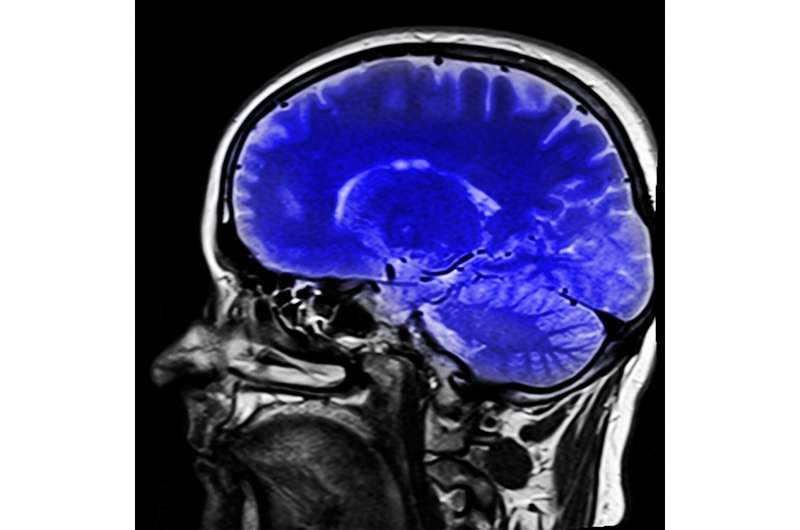Credit: Pixabay/CC0 Public Domain
Сalcium carbonate particles are among the most promising bioactive compounds. However, before their use for drug delivery, their toxicity should be established, as well as their distribution inside laboratory animals. A team of investigators from ITMO University's Department of Physics and Engineering and Russian Scientific Center of Radiology and Surgical Technologies has developed novel approaches to load calcium carbonate particles with model radionuclides and studied the biodistribution of these particles on rats using positron emission tomography (PET). They found that the size of the particles influences the specific organ accumulation in vivo. The results of this study are published in ACS Applied Materials and Interfaces.
Calcium carbonate particles are promising for biomedicine. They can be easily synthesized, their size and form are adjustable, and they are nontoxic and biocompatible. However, there are almost no studies on the application of these carriers as PET agents or radiolabeling candidates.
In the new study by the team from ITMO University's Faculty of Physics and Engineering, calcium carbonate particles were labeled with radionuclide gallium (68Ga) using multiple strategies. The encapsulation of 68Ga into the core of calcium carbonate particles was considered to be the most efficient method.
The results of this study could pave the way toward bioimaging of laboratory animals. In the study, a sample with radiolabeled calcium carbonate carriers was injected into the rat's tail vein. After this, it was placed into a tomograph for three hours. During this time, the PET scans were acquired. In order to verify the PET results, the researchers extracted the rat's organs and estimated the level of radioactivity.
According to the results, the micrometric particles (about 5 μm) were located in the lungs and submicrometric particles (about 500 nm) were accumulated in the liver and spleen. "We studied the passive accumulation of particles. It means that we didn't modify them with any kind of functional molecules or complexes that can only be attached to specific types of cells. For future application in biomedicine, we need to determine the zone of particles' distribution in vivo. Since the developed microparticles were able to accumulate in the lungs, they can be useful for the diagnosis of lung diseases, for example," says Elena Gerasimova.
ITMO Researchers Elena Gerasimova and Mikhail Zyuzin Credit: ITMO.NEWS
It's too early to discuss possible therapeutic applications. However, the prospects are quite promising. First, further research into the correlation between the size of the particles and their localisation will benefit drug delivery. Second, in vivo studies of particle distribution open up new opportunities for diagnoses and studies of cancers.
"The circulatory system of diseased tissues such as cancer tissue differs from that of healthy tissues. The diseased tissue has large pores through which particles can penetrate and accumulate. We can visualize their location. This way, we can detect tissues damaged by cancer and examine the metastasis," says Elena Gerasimova.
However, the efficiency of this method is not established, and further research is required. Now, the scientists are planning to focus on experiments that include decreasing the size of particles and their modifications.
More information: Mikhail V. Zyuzin et al. Radiolabeling Strategies of Micron- and Submicron-Sized Core–Shell Carriers for In Vivo Studies, ACS Applied Materials & Interfaces (2020). DOI: 10.1021/acsami.0c06996
Journal information: ACS Applied Materials and Interfaces
Provided by ITMO University
























